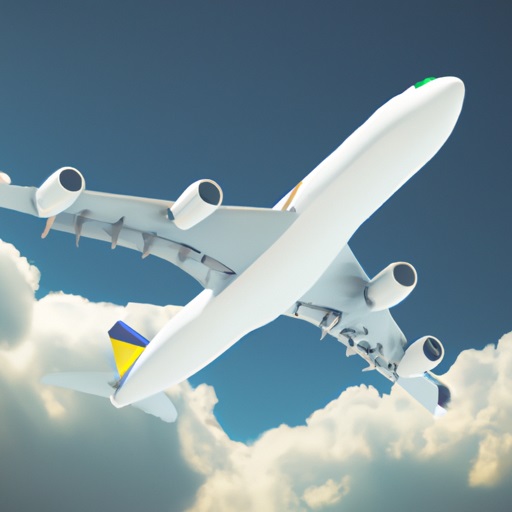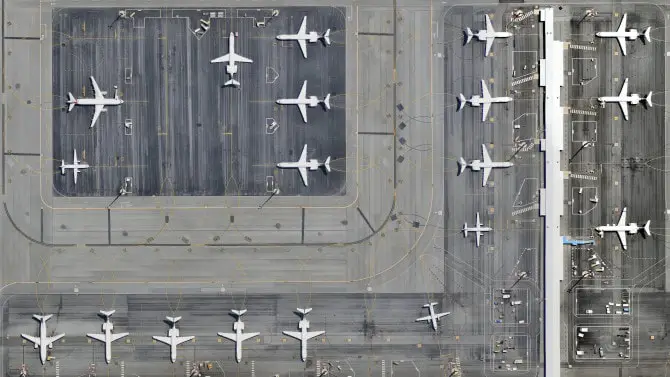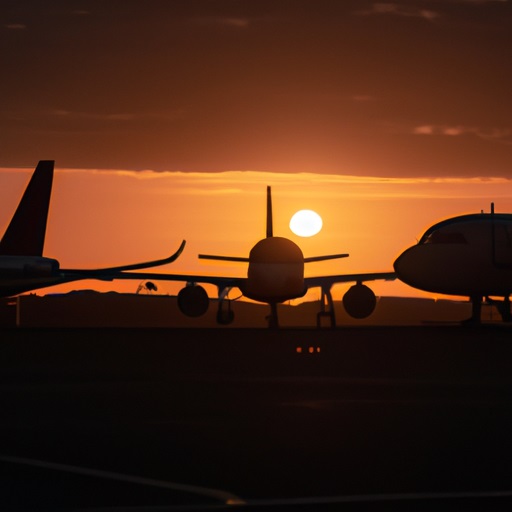
Airline Profit
Airline profit is a crucial metric for the success of any airline. It is the difference between the revenue generated and the costs incurred. An airline’s profitability is essential for the company’s survival and growth and ability to provide better services to its customers. This article will look in-depth at airline profit, how it is measured, and the strategies airlines use to improve it.
Understanding airline profit
Airline profit is a complex concept that involves many different types of revenue and costs. Airlines generate revenue from the passenger, cargo, and ancillary services.
Revenue sources
Passenger revenue is the primary source of revenue for airlines and comes from ticket sales. Cargo revenue comes from the shipment of goods, and ancillary revenue comes from services such as baggage fees, in-flight meals, and entertainment.
Airline cost structure
The cost structure of airlines includes both fixed and variable costs. Fixed costs are costs that do not change with the number of passengers, such as rent and salaries.
Variable costs, however, vary with the number of passengers, along with fuel and maintenance costs. Fuel is one of the largest costs for airlines and can significantly impact profitability.
Factors affecting airlines’ profitability
Many factors affect airlines’ profitability, including economic factors, competition, regulation, and technology.
- Economic factors, such as fuel cost, can significantly impact airline profit.
- Competition can also affect profit as airlines compete for passengers and strive to offer the lowest fares.
- Regulation can impact profitability as airlines must comply with laws such as safety and security standards, which can be expensive.
- Finally, technology can play a role in profitability as airlines adopt new technologies to improve efficiency and reduce costs.
Measuring airline profit
Measuring airline profit involves using key performance indicators (KPIs) and ratio analysis. The load factor, which is the percentage of seats filled on a flight, is an important KPI for airlines. Revenue per Available Seat Mile (RASM) and Cost per Available Seat Mile (CASM) are also important KPIs for measuring airline profit. RASM measures the revenue generated per seat, and CASM measures the cost incurred per seat.
Ratio analysis is another important tool for measuring airline profit. It is a method of evaluating a company’s financial performance by comparing different financial ratios. For airline companies, ratio analysis can help investors assess their short-term liquidity, profitability, and long-term solvency.
Gross margin, operating margin, and net margin are three important ratios that measure an airline’s profitability. Gross margin measures the percentage of revenue after deducting the cost of goods sold. Operating margin measures the percentage of revenue that is left after deducting operating expenses, and net margin measures the percentage of revenue that is left after deducting all expenses.
Strategies for improving airline profit
Airlines use both cost reduction and revenue generation strategies to improve profitability.
Cost reduction strategies
Cost reduction strategies include fuel management, fleet optimization, and route network optimization.
- Fuel management involves reducing fuel consumption and finding ways to reduce fuel costs.
- Fleet optimization involves reducing the fleet size or replacing older, less efficient aircraft with newer, more fuel-efficient ones.
- Route network optimization involves adjusting the route network to reduce costs and improve profitability.
Revenue generation strategies
Revenue generation strategies include passenger segmentation, ancillary revenue generation, and cargo revenue generation.
- Passenger segmentation involves targeting specific groups of passengers with different services and pricing to increase revenue.
- Ancillary revenue generation involves offering additional services, such as baggage fees, in-flight meals, and entertainment.
- Finally, cargo revenue generation involves increasing the shipment of goods to increase revenue.
Airline profitability strategy: Examples
Different airlines have implemented specific strategies that have helped them strengthen their footing in the industry, distinguish them from the competitors and increase profitability. Here are some examples:
Southwest Airlines
Southwest has used a low-cost strategy that involves operating point-to-point flights, using a single aircraft type, avoiding congested airports, and offering no-frills service. This has enabled Southwest to achieve low operating costs, high customer satisfaction, and consistent profitability.
Emirates
Emirates has used a global expansion strategy that involves leveraging its geographic location, investing in a modern fleet, offering premium services, and forming strategic partnerships. This has enabled Emirates to achieve high revenue growth, market share, and profitability.
Ryanair
Ryanair has used a price leadership strategy that involves offering ultra-low fares, maximizing ancillary revenues, reducing costs through outsourcing and standardization, and exploiting market opportunities. This has enabled Ryanair to achieve high load factors, cost efficiency, and profitability.
Conclusion
In conclusion, airline profit is a crucial metric for any airline’s success. It involves various types of revenue and costs and is affected by multiple factors, including economic factors, competition, regulation, and technology.
Measuring airline profit involves KPIs and ratio analysis, and airlines use both cost reduction and revenue generation strategies to improve profitability. Many successful examples of airlines have improved their profitability through effective strategies and strong management.
Airline profitability is essential for the survival and success of airlines. By understanding the factors that affect profitability and implementing effective strategies, airlines can secure their future success and provide better customer service.
The airline industry is one of the world's most competitive and volatile sectors. Airlines face many challenges that affect their profitability and survival, ...
The commercial airline is an extremely competitive, safety-sensitive, high technology service industry. People, employees and customers, not products and ...
As airlines grapple with liquidity issues in the wake of COVID-19 with peak cash burn for US carriers of over $300M per day in early April, they’ve taken on ...
Explore the world of airline profit with insights on revenue, cost, and strategies to improve profitability.
Understanding the profitability of an airline network is a complicated and often misunderstood process. Although total revenues and costs are generally ...
For airlines, it still takes a lot to make a little. Tickets cover costs, but baggage fees, seat fees, reservation-change fees and just about every other ...
The airline industry is a tough business with razor thin profit margins. Airlines face many challenges in remaining profitable, and external factors outside of ...
A capacity lead model fostering commoditization. Capacity never leaves. Labour has leverage, but cannot manage its responsibility. Source: Five Reasons Why ...
As the aviation industry continues to evolve, competition among airlines to offer the best routes and lowest fares has only intensified. Ensuring route ...
We estimate that total employment by airlines will decline to 1.9 million in 2020 and improve slightly in 2021. Productivity is likely to fall with the average ...
While IATA has downgraded its industry outlook for 2019, the airline sector as a whole still capped an unprecedented run of profits by completing a decade in ...
Though there are numerous traditional models to predict market share and demand along airline routes, the prediction of existing models is not precise enough ...











